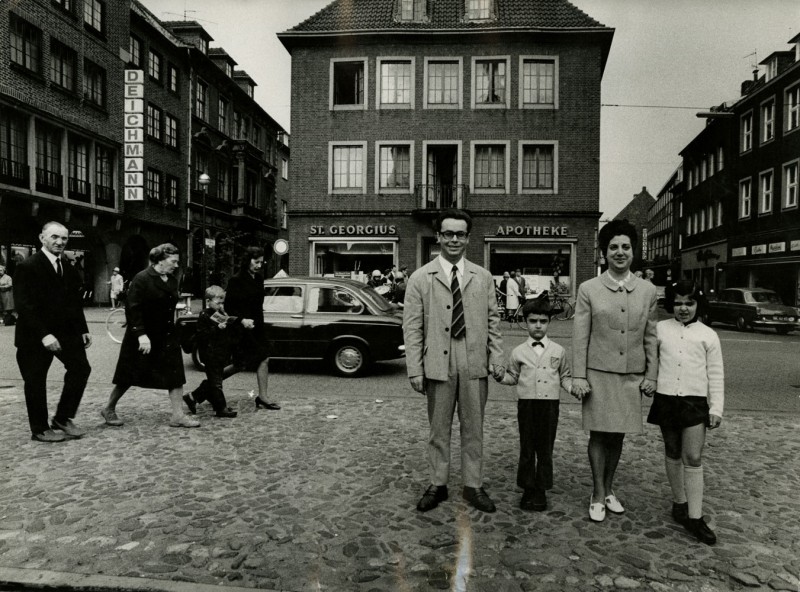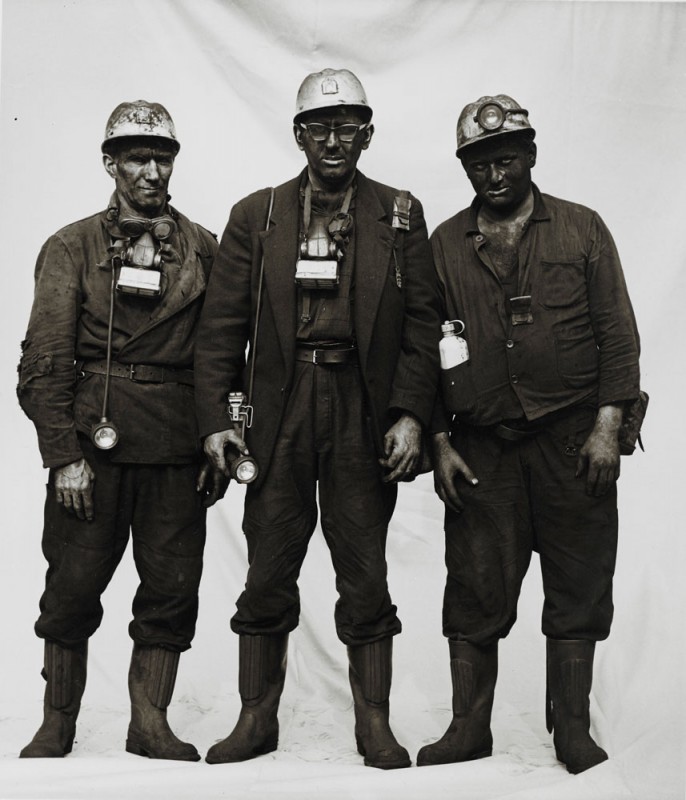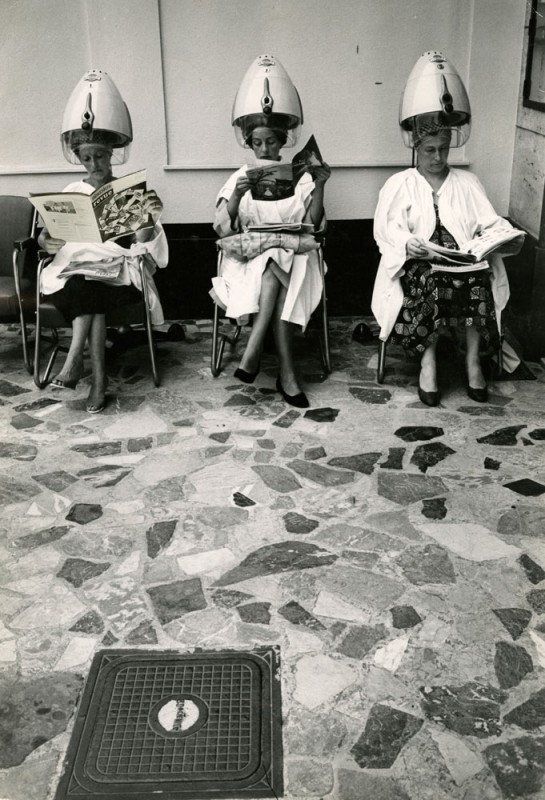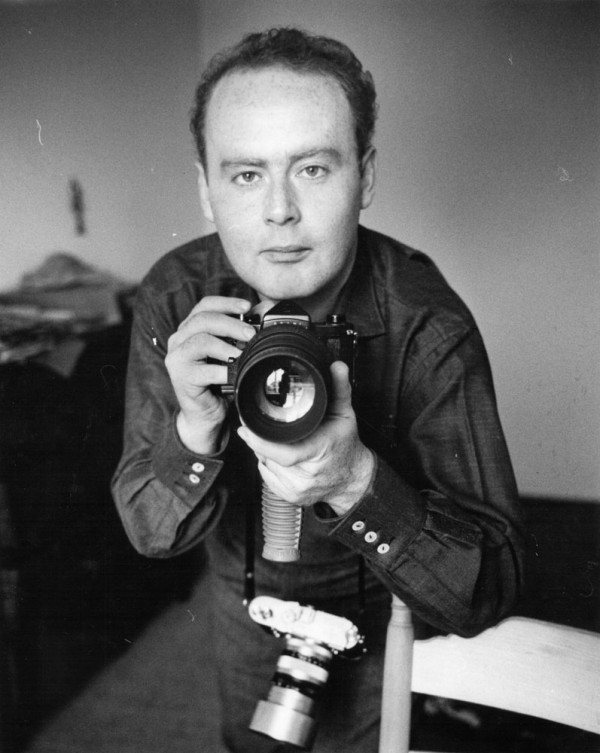Photo reportages by Stefan Moses
Photo reportages by Stefan Moses
Stefan Moses
January 30, 2019

Stefan Moses, Family on Saturday in Bocholt city centre, arund 1960 © Else Bechteler-Moses
Presenting 250 pieces of work, the German Historical Museum reveals Moses’s journey from being a busy photo reporter to becoming one of Germany’s most significant chroniclers and portrait photographers. The exhibition in Berlin focuses, in particular, on his early photo reportages, produced as of the fifties for newspapers belonging to the Kindler Verlag in Munich, and as of the sixties for STERN magazine.
The fact that, in addition to the many international reportages, his eye always turned to an “exotic” – as the title of the exhibition in Berlin suggests – Germany, is based not least on his own personal experience. He kept a distanced, yet always curious, eye on Germany, a country seeking to rebuild itself and become an economic miracle after the terror of war. “I consider Germany just as exotic as Afghanistan or Paraguay, with unexplored areas everywhere,” was Moses’s explanation for his life-long interest in exploring Germany photographically. This despite the fact that he had known the harsh realities of ostracism during the German Fascist era: with the National Socialist race laws covering “first degree mixed-bloods”, Moses, who was born in 1928, was expelled from high school in Breslau in 1943, then interned in a forced labour camp as of 1944. He survived and trained in photography with Grete Bodlée, which allowed him to establish himself successfully as a photographer. He remained in Germany. Plans to emigrate to the USA never came to fruition, because “I was unable to leave this Germany that I hardly knew. I wanted to remain here, travel here, and take pictures of the people who, like me, had survived the war”. The current exhibition gives clear evidence of the way he captured a piece of contemporary history. It presents early, largely unknown photo reportages from the photographer’s estate, as well as a selection of his most important portrait series, Die Deutschen and Emigranten, that belong to the museum’s collection. It underlines once more the fact that, in addition to being a precise observer of political and social sensitivities, he was, above all, a photographer of people. Clever and with a slightly ironic eye, he has created an inimitable oeuvre that will now be on display up until 12 May.
More information about the exhibition can be found at the German Historical Museum.
Stefan Moses+-
Moses was born on 29 August 1928 in the Silesian town of Liegnitz (now Legnica, Poland). His father, a Jewish solicitor, died in an accident in 1932. Moses and his mother moved to Breslau in 1938, where he later worked for photographer Grete Bodlée.
1947: Germany’s youngest theatre photographer at the Weimar National Theatre. 1950: relocation to Munich, working for magazines and travelling extensively. From 1960 onwards, staff photographer for Stern magazine. Master of Leica feature in LFI 2/1963. Increasing dedication to independent, long-term projects.
In 1995 he gave his photographic legacy to the Munich Stadtmuseum. Numerous publications, exhibitions and awards. Stefan Moses died on 3 February 2018 in Munich. More

Stefan Moses, Family on Saturday in Bocholt city centre, arund 1960 © Else Bechteler-Moses

Stefan Moses, The miners of Amalie colliery, 1962/1964 © Else Bechteler-Moses

Stefan Moses, Women under drying hoods in the hairdresser's salon, 1960s © Else Bechteler-Moses

Stefan Moses, Corpus Christi procession, Bonn, 1962 © Else Bechteler-Moses
